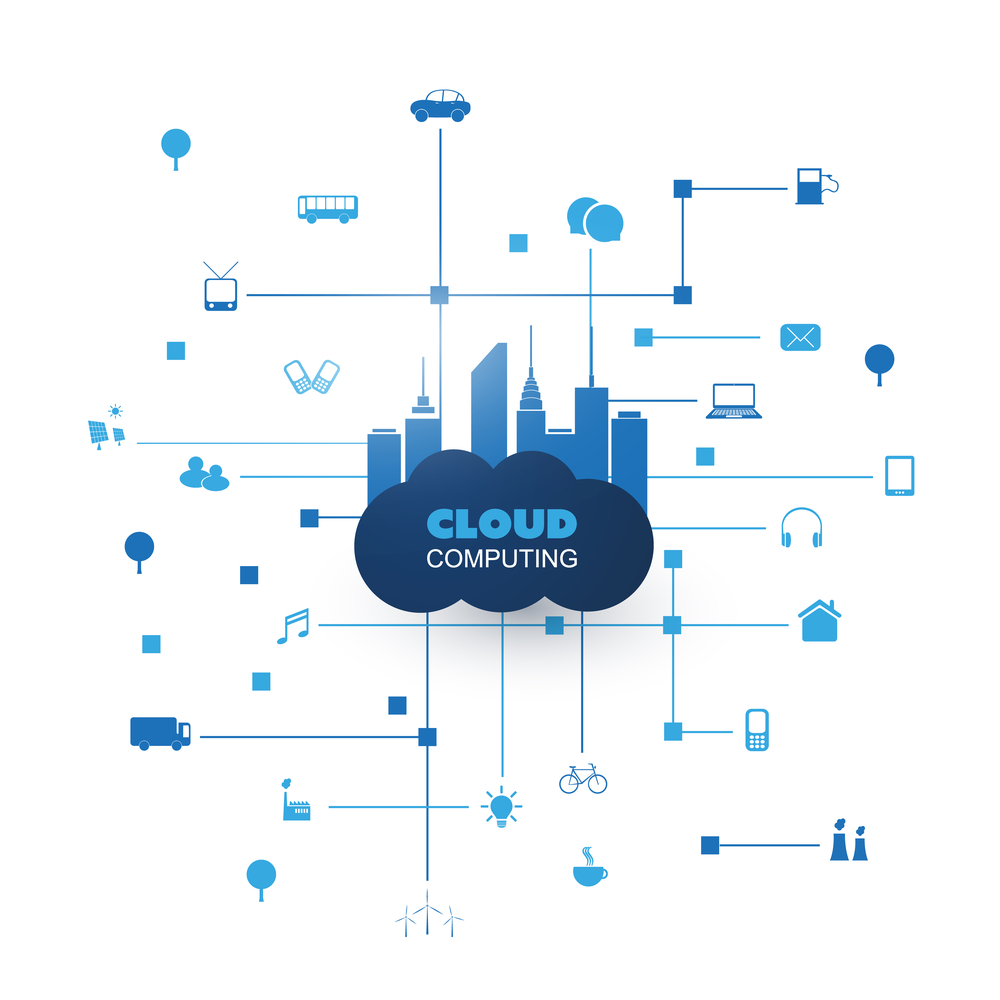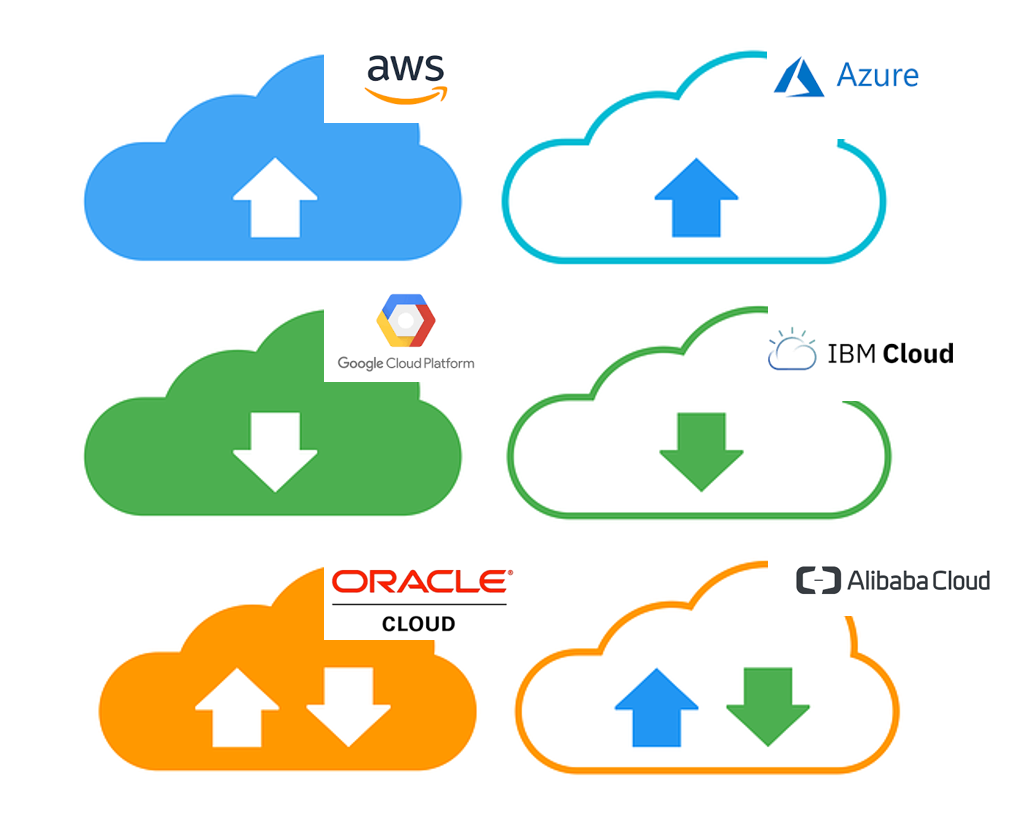Are you interested in Learning about the Cloud?
Are you new to the world of Cloud Computing? Are you interested in learning about Microsoft’s Azure Cloud? This post shows you some of the key topics to learn as you start your Cloud journey.
Starting to learn about Cloud Computing?
Are you just getting into learning about Cloud Computing? This post shows some of the key topics to get you started in the right direction with core topics.
Cloud Computing to the rescue during the Covid-19 pandemic
Cloud Computing has come to the rescue for many organizations and professionals in not only helping them work remotely but also to secure their jobs in these uncertain times. In this age of Covid-19 pandemic many companies have closed their physical offices and facilities and have asked their employees to work remotely from home. Without Cloud Computing in place and accessible to companies of all sizes, this massive remote work paradigm would not have been possible. Read more…
Cloud industry’s Top Trends of 2019
According to the latest Gartner report prediction the public Cloud services market will grow from $182.4B in 2018 to $214.3B and then topping to $331.2B in 2022. This prediction and trend show the momentum that Cloud Computing has picked up in the last few years and how both Enterprise and SMB market sectors equally are moving to the Cloud. Cloud application services (SaaS) is still leading the pack as the most consumed service since this it is used across the spectrum of customers from small, mid-sized to large enterprises. Read More …
The Cloud of Tomorrow
In mid-November this year I was part of a panel of global Cloud experts and engaged in a Tweet chat to discuss the future of the Cloud. In this the Cloud of Tomorrow tweet chat session we discussed the emerging technologies within the Cloud Computing ecosystem and how the Cloud is evolving from just being a place for setting up simple Web apps and infrastructure to a destination to enable enterprise grade and business critical scenarios including Hybrid Cloud, Machine Learning (ML), Artificial Intelligence (AI), IoT and Blockchain. The tweet chat was sponsored by HCL technologies and was hosted via their CIO Straight Talk Twitter handle.
Cloud Support – Whom are you going to call?
As you move your systems and resources to the Cloud, your internal IT support model will also evolve. Most of the support work which used to be done by your support personnel such as accessing the infrastructure, servers, and applications in the on-premise data centers will now be performed by The Cloud provider’s support and operational staff in their data centers. This is because as you setup servers, virtual machine and applications to the Cloud on the provider’s infrastructure it becomes their responsibility to manage and maintain these servers and associated resources.
Stop wasting money in the Cloud
Cloud costs and spend is going up for SMB and Enterprise customers across the board as companies initiate experiments in the Cloud to moving from experimentation to setting up and migrating production workloads. Along with this increase in Cloud investment, proportionately the Cloud spend waste is also going up. In this post we are going to outline some common Cloud utilization scenarios which may lead to cloud spend waste. Along with that we will also offer guidance and recommend some tools to optimize Cloud costs.
The Rise of Alibaba Cloud (AliYun)
A little history
Alibaba Cloud is an Alibaba Group company, headquartered in Hangzhou China and is the top provider of Cloud computing services in China. Alibaba launched its cloud business back in 2009, just three years after Amazon unveiled AWS. Alibaba Cloud or “AliYun” made an investment of $1B in 2015 to get more focused in competing with the big Cloud providers. The ROI on that investment is showing up now as it is being ranked in the top five or six top global cloud providers list according to two separate industry reports. At home in China, it is the #1 cloud provider with over 40% market share along with Microsoft and AWS are which are in the top five list. Recently Alibaba Cloud made a big splash in the media with their recent cloud offerings to non-Chinese customers in Europe. Read More
Enterprise cloud strategy incomplete without multi-cloud assessment
As you build your cloud enterprise strategy to start using the cloud or to migrate some of your workloads to the cloud, you need to consider multi-cloud as a core pillar of the of your Cloud strategy discussions. Let’s try to understand multi-cloud first. Multi-cloud by definition is to have multiple Cloud providers providing various Cloud services to you.
Azure set to win the Cloud war against AWS
So the numbers are in and looks like Microsoft Azure is closing the gap with AWS for certain types of customers and for others it has surpassed AWS. RightScale State of the Cloud report reveals some very interesting trends and how Microsoft is gaining ground from the AWS territory. You may want to check out the complete RightScale 2018 Cloud report if you are interested in digging deeper and learning more about how the Cloud industry is transforming.
Azure seems to be either gaining a lot of ground or is inching ahead of AWS when we talk about SMB (Small & Midsize Businesses) , new Cloud users and new enterprise customers. This seems to be in alignment with Microsoft’s strategy to help customers in adopting and consuming their Azure cloud services and this strategy is definitely is working and paying off for them.
Join our Mailing List
Subscribe to our mailing list and get additional information on Digital Transformation, Cloud, AI, ML, IoT, Emerging Technologies, Education, Training and other related topics
Thank you for subscribing.
Something went wrong.









